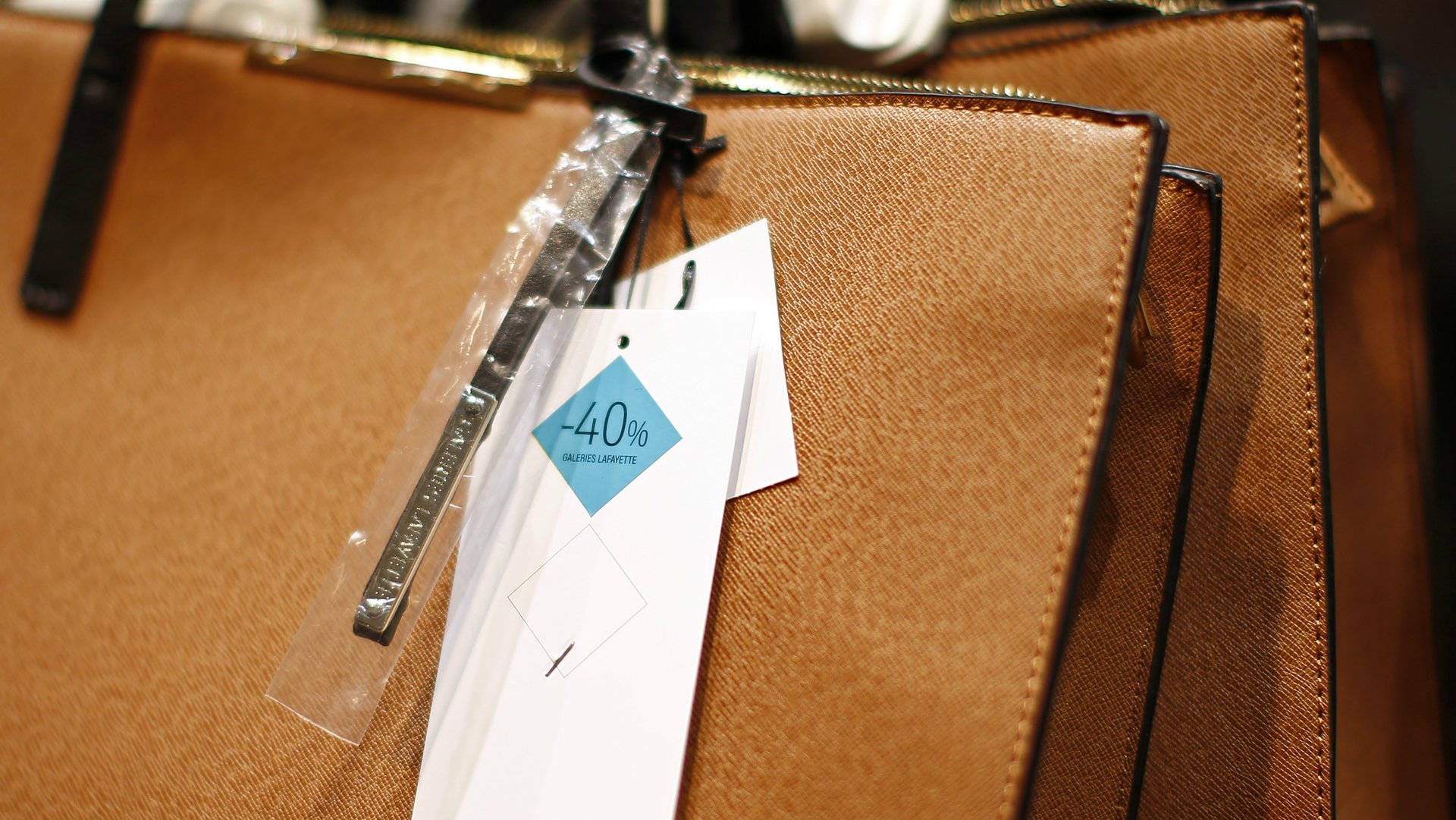We’re in the middle of a massive global handbag sale
If you’re one of those people who has more handbags than they know what to do with, take solace in this: The retailers who sold you all those bags probably feel the same way.


If you’re one of those people who has more handbags than they know what to do with, take solace in this: The retailers who sold you all those bags probably feel the same way.
Analysts at Credit Suisse said handbag inventories going into the holiday season were in line with expected sales growth, which should have limited the need for steep product markdowns. Nevertheless, premium- and mid-level department stores—along with several luxury brands—have ramped up their discount offerings in an attempt to lure consumers to buy leftover bags.
The message, attached to bags and tacked onto post-holiday displays promising good deals, is another sign that consumers are choosing to cut back on the number of handbags they buy each year. Data show handbag sales in the US peaked in 2011, when the average American woman was said to own at least 11, and bought about two new bags each year, on average. But that number has faltered, which some say is partially attributable to more young Americans being saddled with debt.
In premium departments stores, promotions were up about 5% in the fourth quarter of 2015 year compared to a year before. Coach led the way with a 6.1% increase in markdowns. Markdown intensity—a measure encompassing both the percentage of styles on sale and the average discount rate—also was higher, compared with the previous year’s fourth quarter. Other brands discounting more aggressively included Tory Burch, Kate Spade, and Michael Kors.
A similar trend is taking shape at mid-tier department stores. And it’s not just Americans who are cutting back. New data from Bain & Co. show that more Chinese shoppers also are eschewing luggage and handbag products, adding up to a 5% drop in sales between 2014 and 2015.
With all the markdowns and deals piling up, some analysts are starting to get a bit twitchy about the underlying demand for handbags. Perhaps the best hope for the handbag business rests in the wallets—or purses—of men, who are scooping up bags more and more.